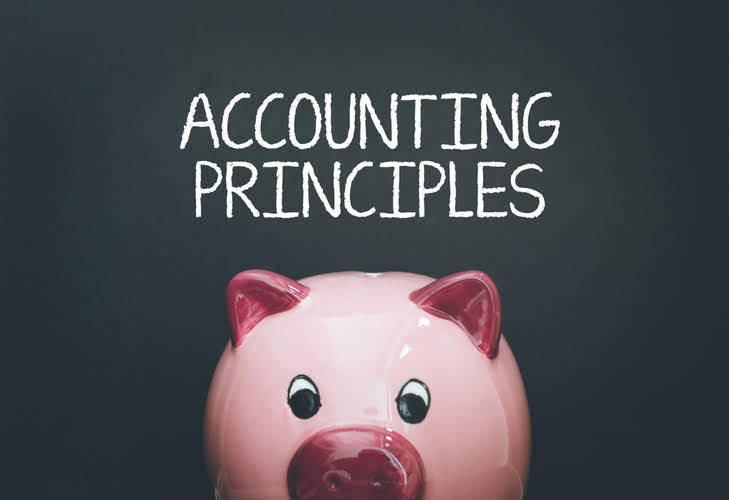Read our in-depth guide on how to maximize your reimbursement rate for proven strategies, including modifier usage, claim timing, and payer negotiation tactics. Without a robust billing system, it’s easy to lose track of outstanding claims. Manual processes, slow payer responses, and limited staff resources can all lead to cash flow delays and unpaid services.
- Mental health billing requires specialized knowledge and tools to reduce denials, speed up reimbursement, and maintain compliance.
- Using the wrong CPT code could result in a significant impact on the claims submission process.
- Our dedicated RCM team brings deep expertise in behavioral health billing and works proactively to minimize denials, shorten reimbursement cycles, and maximize collections.
- As a mental health practitioner, the chances are that billing clients isn’t your favorite part of the day and is also probably something you don’t feel that confident doing.
How To Bill Cigna for Mental Health Providers
Whether you’re new to billing or just need a refresher, this guide will help you Online Bookkeeping get on track and keep your practice running smoothly. You see, MCOs are usually still large insurance payers, making it hard to get through to them regarding a specific claim from one of your clients. So, your clearinghouse should have direct contacts to reach out to on your behalf regarding any issues with your claims. A timely filing limit is one of the most common requirements placed on claim submissions. More specifically, it’s the amount of time a payer allows claim submission after rendered service. Some plans may have limited coverage or require pre-authorization, which adds an additional layer of complexity to the billing process.
- Built-in appointment and eligibility tools help reduce billing errors at the front end, while customizable reports offer insight into reimbursements and financial performance.
- Submit appointment dates with the requisite CPT codes and diagnosis codes.
- In Verification of Benefits (VOB), the provider can follow three techniques to get complete information about the patient’s insurance.
- The unique payers that still cling on to paper stand no chance against the most ideal alternative for claims processing.
- Hence, providers can’t focus on delivering quality patient care with the required attention.
- While telehealth is widely accepted, billing rules for virtual sessions still vary by payer.
Careers
Mastering these aspects helps payroll secure steady revenue while reducing administrative headaches and financial uncertainties. Many therapists choose a hybrid approach, accepting both insurance and private-pay to maximize accessibility while maintaining financial stability. The significance of streamlined mental health billing cannot be overstated.
Common mistakes to avoid in mental health billing codes
These challenges can be mitigated using detailed training, documentation, and specialized mental health billing software investment. To give you an example, there are public payers for every county in the state of Ohio that handle alcohol, drug addiction and mental health services (ADAMHS). However, you’re in a unique scenario within the mental health space where you have to deal with MCOs, mental health EHRs and state-level government ordinances. Thus, if you don’t have a clearinghouse that has specific processes in place to help you with each of those mental health billing-related aspects, you should seek a new one.
Traverse the dynamic interplay between insurance coverage and mental health billing on this pathway. Explore TherapyPM to simplify remote care and streamline mental health billing services. Post-COVID-19 pandemic, the adoption of telehealth in mental health practice has received significant attention from patients. Integrating telehealth services into the practice of mental health billing requires a nuanced understanding of both traditional and virtual care. Accurate and comprehensive documentation of therapy sessions is fundamental for mental health billing.
Know your forms:
Before submitting your claim to a payer, you may submit it to your clearinghouse for review. If your clearinghouse finds an error, it will reject it and notify you of the same. A clearinghouse is usually a service offered by a third-party organization that acts as a central repository and middle-man to your claim submission process. Anyway, this section lists the industry terms used within mental health billing.
Here are some tips to help mental health practices bill for services more effectively, with more funds, more time for patients, and fewer denials. Timely, well-documented appeals can often overturn claim denials and ensure you’re reimbursed for medically necessary mental health services. Understanding CPT codes is foundational to mental health billing success. With the right training and tools, you can reduce denials, ensure compliance, and optimize your financial mental health billing for dummies outcomes—without spending extra hours on paperwork. A behavioral health-specific EHR can simplify everything from note-taking to code selection, authorization tracking, and integrated billing.





